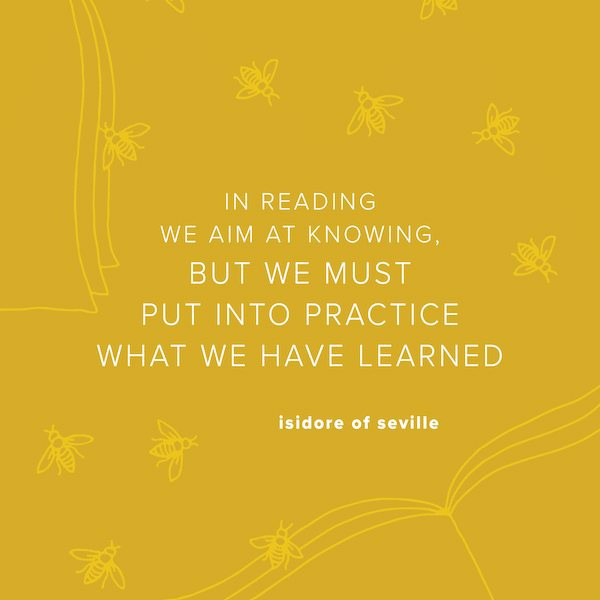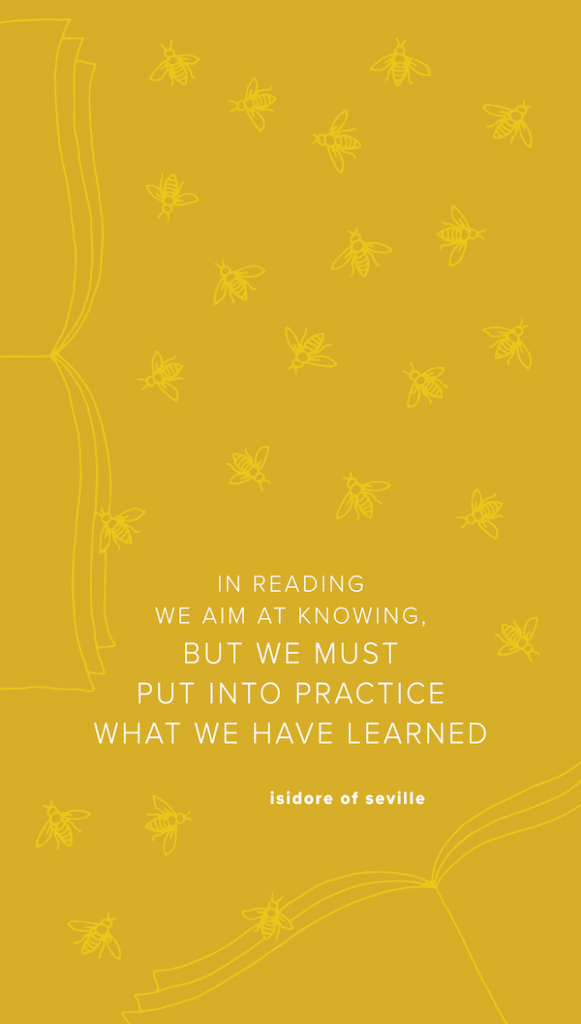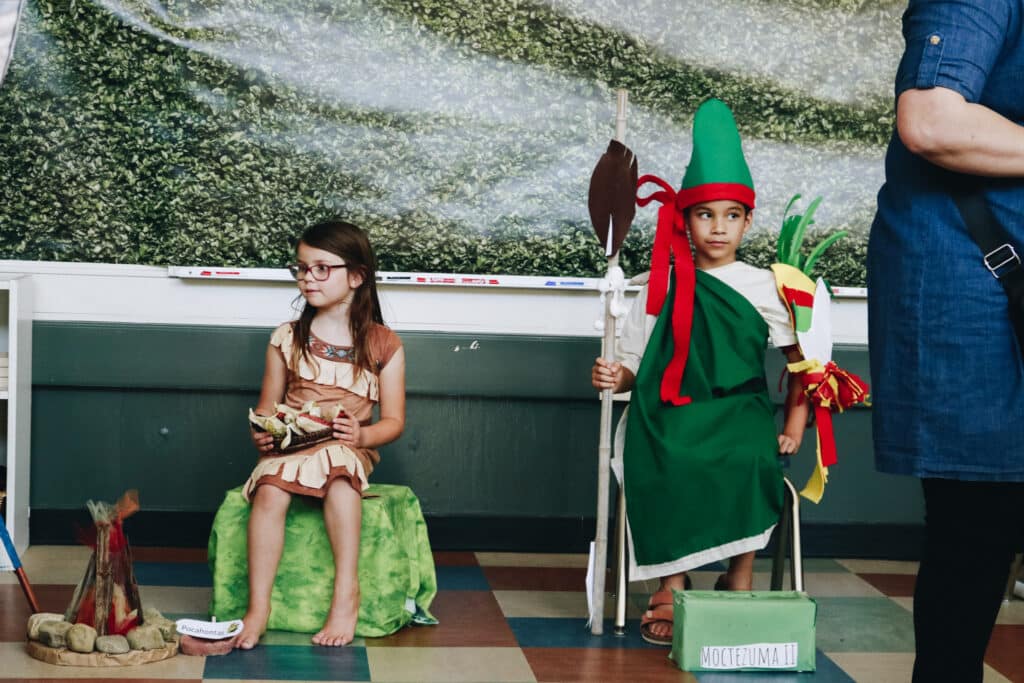This year, we’re bringing back our Somebodies series. If you’re new around here (or you missed the introduction last year), here’s a short introduction to what the Somebodies are and why we post this series…
At SLOCA, we’re committed to studying the great voices of history, but also to discovering those who might not have had a voice in their own time, but were able to speak across time nonetheless. In short, people who have joined the Great Conversation in one way or another, whether they whispered or yelled.
Our Somebodies series came out of this commitment. It also came from a similar series we used to do on the old @the.den.at.sloca Instagram account, called the #denrenperson.
Starting this series in our Renaissance history cycle, we began first by showcasing people from that history year who were renaissance men and women—i.e. people who were knowledgable or skilled in a variety of fields. From there, our series morphed to fit our American and Modern history year; for 2020-21, we narrowed our focus to spotlight women and people of color who exemplified our SLOCA values and made a difference in our most recent history, despite obstacles. Last year, we changed the name of this series and expanded it to the blog and the @sloclassicalacademy Instagram!
Here’s why we call this series “Somebodies”…
some·bod·y /ˈsəmbədē/
pronoun
some person; someone.
a person of importance or authority. E.g.”I’d like to be somebody”
We think this name embodies who these people are to us. All of these people are just regular old someones, just like us, who try, fail, and make mistakes, but who are also capable of great goodness, truth, and beauty. AND all of these people are great people—people who have thought important thoughts or done important (though maybe quiet) things, and people whose wisdom we can sit under. They’re people you might never have heard of, but whose actions and ideas have impacted those around them, history, and our culture nonetheless.
So—after a long introduction and without further ado—we present to you our first in the Somebodies series for 2022-23 year: ISIDORE OF SEVILLE.
It seems fitting to start out our year of Medieval history with a man who was known as the “last scholar of the ancient world” (in the words of historian Charles Montalembert). Though we now know that the “Dark Ages” is largely a misnomer, we also know that in many circles, classical culture was largely lost. Many were illiterate as the divide between the upper and lower classes grew and grew. During this tumultuous time, however, Isidore stands apart as a man who was committed to classical learning.
Born in Cartagena, Spain around 560, Isidore received his education at the Cathedral school in nearby Seville. This school was the first of its kind in Spain, and (like SLOCA!) taught the classical style of the liberal arts: the trivium and quadrivium, as well as classical Latin.
During this time, Spain was under the control of the Visigoths, who occupied what is now southwestern France and the Iberian peninsula after the Western Roman Empire. Isidore’s parents were instrumental in the political-religious maneuvering that converted the Visigothic kings to Catholicism. Isidore himself was in the inner circle of one of these kings, Sisebut, during his life. Isidore and all three of his siblings served in the Catholic church and are venerated as saints to this day.

After the death of one of his brothers, Isidore, now grown, took his brother’s place as Bishop of Seville. Using his religious power, Isidore worked to unite the remnants of the Roman empire, which had fallen less than a century before and left many questions and struggles in its wake, with that of the ruling barbarian cultures. He also used his influence to animate the education movement in Seville and introduced his countrymen to Aristotle before Middle Eastern cultures brought Greek philosophy back to the center of Western culture during the Renaissance.

Isidore authored more than a dozen major works during his lifetime, but is best known for his Etymologiae, an encyclopedia that focused on explaining the origins of words. In this book, Isidore collected many excerpts of books from classical antiquity. These books, now lost in their entirety, are at least semi-preserved in Isidore’s work. The Etymologiae also helped standardize the use of the period, comma, and colon, so you have Isidore to thank (in part) for those grammar and punctuation lessons you’ll be giving this year! In addition to its grammatical influence, this book helped start the Medieval trend of compendiums, collections, and encyclopedias. It was much copied and borrowed from and was also printed in at least ten editions from 1470 to 1530, showing that its popularity continued into the Renaissance.

A page of Etymologiae, Carolingian manuscript (8th century), Brussels, Royal Library of Belgium Public Domain, Link
In recent years, because of his commitment to encyclopedic knowledge, Isidore has unofficially become known as the patron saint of the internet and computers. He is also associated with bees, although the link is unclear; it might be because he was miraculously found spouting honey from his mouth at one point during his life, or it might be because he mistakenly thought that bees spontaneously generated from the corpses of cows. He is also mentioned in Dante’s famed Divine Comedy and has an island named after him in Antarctica.

The quote for today was chosen because we at SLOCA share Isadore’s commitment to books and learning from the wisdom of the past. It comes from a larger quotation from his Book of Maxims:
“The conscientious reader will be more concerned to carry out what he has read than merely to acquire knowledge of it. For it is a less serious fault to be ignorant of an objective than it is to fail to carry out what we do know. In reading we aim at knowing, but we must put into practice what we have learned in our course of study.”
Actions speak louder than words, but we must often read and reflect on words and wisdom that have stood the test of time in order to act well. As we jump with full force into the year ahead, we’re committed to learning and acting on what we learn together.

Don’t forget to check out our Instagram stories for our free smartphone wallpaper, or download below!













